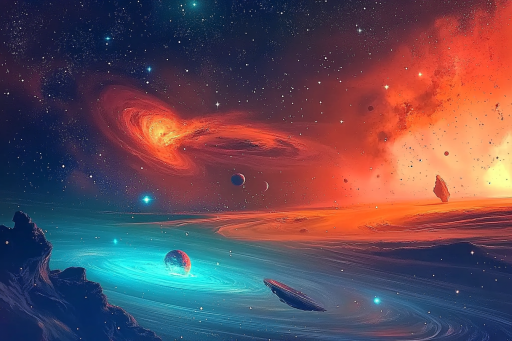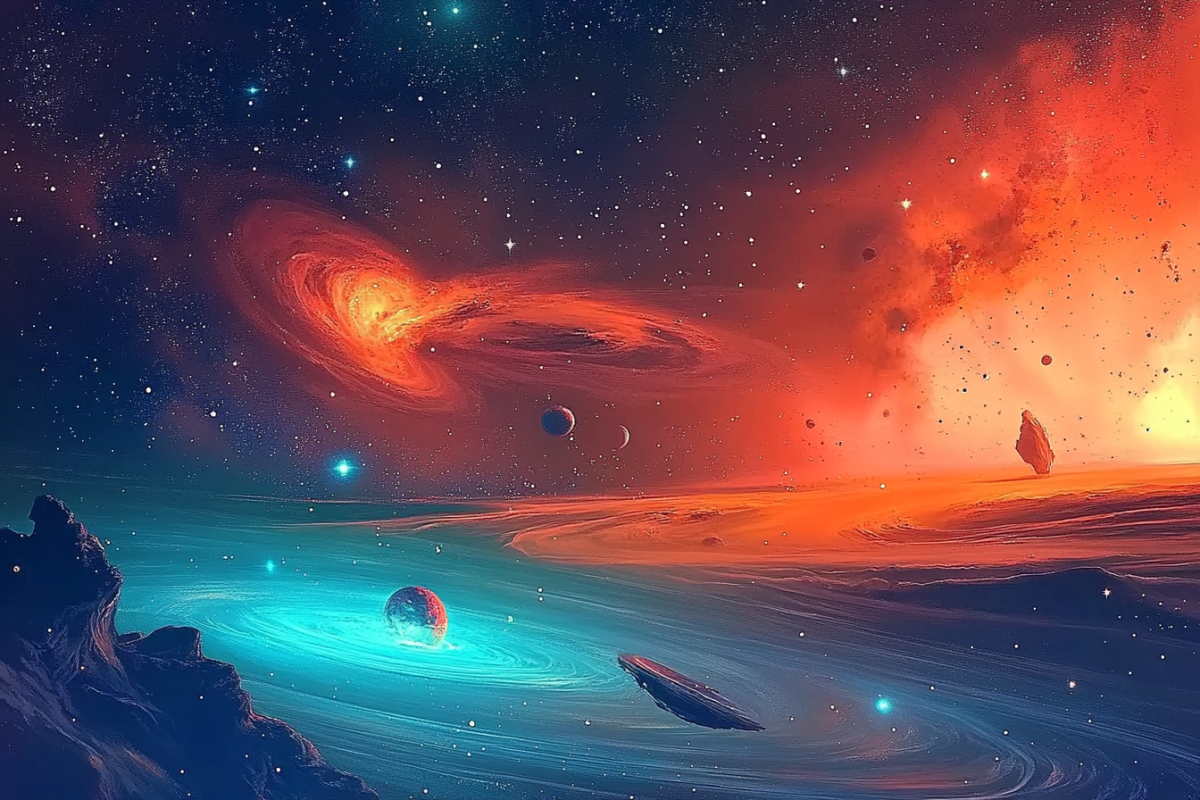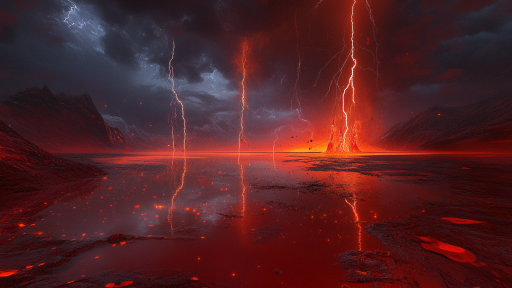
The universe is full of mysteries, and every so often, a discovery completely reshapes how we understand it. From invisible forces to entire galaxies hidden from sight, these revelations have challenged everything we thought we knew. Some of these findings were expected, while others shocked scientists and rewrote the laws of physics. The cosmos is a vast and unpredictable place, and the more we explore, the stranger it becomes.
The Expanding Universe – A Cosmos in Motion

For centuries, scientists believed the universe was static, but in the 1920s, Edwin Hubble made a groundbreaking discovery—the universe is expanding. By observing distant galaxies, he found that they were moving away from us, meaning the universe had a beginning and was still stretching outward. This led to the development of the Big Bang Theory, revolutionizing cosmology. The discovery proved that the universe is not eternal but has a dynamic and ever-changing history.
Dark Matter – The Invisible Glue of the Universe

In the 1930s, astronomers noticed that galaxies were spinning faster than expected, suggesting that an unseen force was holding them together. This led to the theory of dark matter, an invisible substance that makes up most of the universe’s mass. Though it cannot be directly seen or detected, its gravitational effects shape galaxies and cosmic structures. If dark matter didn’t exist, the universe as we know it wouldn’t hold together.
Exoplanets – Other Worlds Beyond Our Solar System

For most of history, planets were thought to exist only in our solar system, but in 1992, the first exoplanet was discovered orbiting another star. Since then, thousands more have been found, some in habitable zones where liquid water could exist. This discovery expanded the search for alien life and proved that our solar system is not unique. The realization that countless planets exist beyond our own changes the way we think about our place in the cosmos.
Black Holes – Cosmic Monsters That Warp Reality

Black holes were once thought to be theoretical, but in 2019, scientists captured the first-ever image of a black hole’s event horizon. These cosmic giants are so dense that nothing, not even light, can escape their gravity. They warp space and time, creating phenomena like gravitational lensing, where light bends around them. The discovery of real black holes confirmed one of Einstein’s most mind-bending predictions.
The Cosmic Microwave Background – The Echo of the Big Bang

In 1964, scientists detected a strange radio signal coming from every direction in space. It turned out to be the Cosmic Microwave Background (CMB), leftover radiation from the Big Bang. This faint glow, spread across the universe, is a direct remnant of its earliest moments. The discovery provided solid evidence that the universe had a beginning and was once an incredibly hot and dense state.
Gravitational Waves – Ripples in Spacetime

Albert Einstein predicted gravitational waves a century ago, but they weren’t detected until 2015 when LIGO recorded spacetime ripples caused by two colliding black holes. These waves travel across the universe, stretching and squeezing space itself. Their discovery confirmed another part of Einstein’s General Relativity and opened a new way to observe cosmic events. Gravitational waves allow us to listen to the universe in ways never before possible.
The Great Attractor – A Mysterious Force Pulling Our Galaxy

Astronomers have discovered that the Milky Way and thousands of nearby galaxies are being pulled toward an unknown region of space at incredible speeds. This force, called The Great Attractor, is hidden behind the Zone of Avoidance, making it nearly impossible to study. Scientists believe it may be a massive cluster of galaxies with an immense gravitational pull. Whatever it is, it’s shaping the movement of our entire galaxy.
Fast Radio Bursts – Mysterious Signals from Deep Space

Strange, powerful radio signals have been detected coming from billions of light-years away, lasting just milliseconds. Some of these Fast Radio Bursts (FRBs) repeat in odd patterns, leading to speculation about their origin. While some may come from neutron stars or magnetars, others remain unexplained, fueling theories of alien civilizations. These mysterious signals continue to baffle scientists.
Dark Energy – The Force Tearing the Universe Apart

If dark matter holds the universe together, dark energy is pushing it apart. Discovered in 1998, dark energy is a mysterious force causing the accelerated expansion of the universe. It makes up about 70% of the universe, yet we have no idea what it actually is. This discovery flipped our understanding of cosmic forces, suggesting that the universe is not just expanding, but speeding up over time.
The First Image of a Black Hole – Seeing the Unseeable

For decades, black holes were invisible, but in 2019, the Event Horizon Telescope (EHT) captured the first-ever image of a black hole’s shadow. This historic moment gave us a direct look at the supermassive black hole at the center of the galaxy M87. It proved that black holes exist as predicted and gave us the first visual evidence of their immense gravitational power. Seeing the unseeable changed the way we understand the most extreme objects in the universe.
The Multiverse Theory – Are We One of Many?

Some physicists believe that our universe may not be the only one—that we exist in a multiverse with countless parallel universes. Quantum mechanics and cosmic inflation suggest that multiple universes might exist side by side, each with different laws of physics. While still a theory, the idea that we may be part of an infinite cosmic web challenges our fundamental understanding of reality. If proven true, it could be the most profound discovery in history.
The Universe Still Has Secrets Left to Reveal

Every discovery brings new answers, but also new questions. As we explore deeper into space, we continue to uncover mysteries that challenge everything we thought we knew. The universe is far stranger and more complex than we ever imagined, and its greatest secrets may still be waiting. What mind-blowing discovery will reshape our understanding next?





